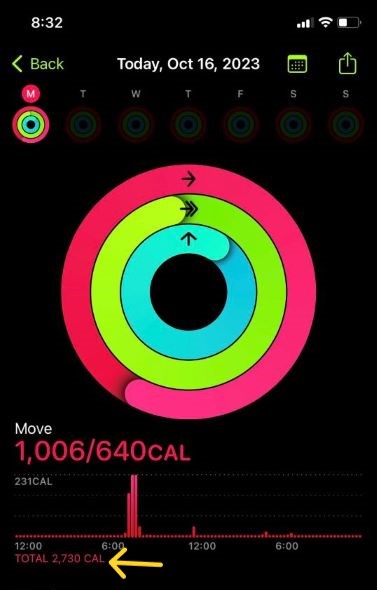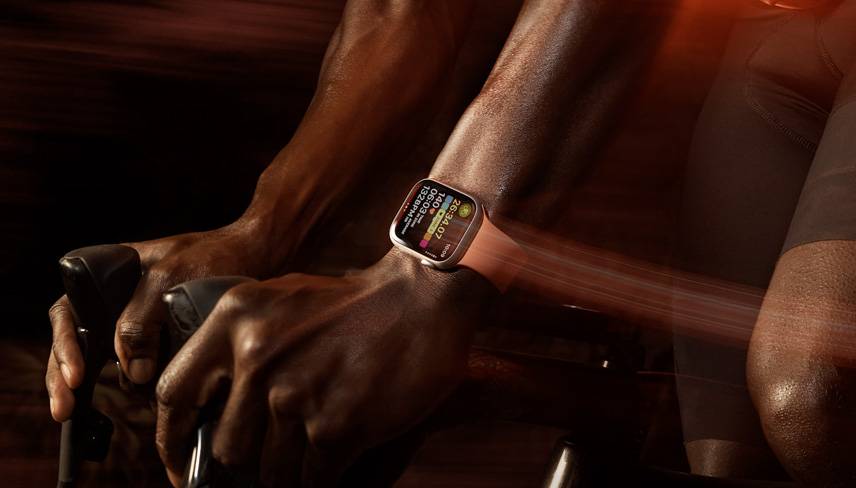How to Check Your Daily Calories Burned with an Apple Watch
Ever wondered exactly how many calories you burn in a day? Well, you’re in for a treat because we’re about to unravel the magic of calorie tracking with your trusty sidekick – the Apple Watch. It’s not just a sleek accessory; it’s your fitness confidant. In this article, we’re going to dive into the nitty-gritty of how to check the total number of calories you burn every day using this amazing gadget.
Understanding Your Apple Watch
Before we jump into the details of tracking your daily caloric needs, let’s briefly understand what makes your Apple Watch tick. This wrist-worn gadget is a powerful piece of tech that houses various sensors, including a heart rate monitor, accelerometer, and GPS. These sensors work in unison to collect data about your physical activity, heart rate, and more.
The Heart of the Matter – Your Basal Metabolic Rate (BMR)
To estimate your daily calories burned, your Apple Watch first needs to figure out your Basal Metabolic Rate (BMR). Your BMR is the number of calories your body needs to maintain basic functions, like breathing and digestion, while at rest. Your age, gender, weight, and height play a crucial role in determining your BMR.
It’s important to understand that while the BMR calculation is generally accurate for the majority of the population, there can be variations and outliers. Some factors that can lead to incorrect BMR predictions include: muscle mass, hormones, medical conditions, and medications to name a few.
Keeping your personal details up to date on in the Health app is critical for it to provide you with a good estimate of your BMR. Don’t forget to check in on these from time to time.
The Active Lifestyle – Your Move Ring
The Apple Watch’s Move Ring is your daily activity tracker and motivator. It shows the active calories you burn throughout the day, aiming to help you hit your personalized Move goal. It encourages you to stay active and tracks the calories you’re burning as you move. It’s like your fitness cheerleader, keeping you motivated and informed about your daily activity.
The Total Package – Active and Resting Calories
Now, here’s where the magic happens. Your Apple Watch takes your BMR and adds the active calories you burn through daily activities to give you your total calorie burn for the day.
So, let’s say your BMR is 1,500 calories (the calories your body needs to function at rest), and you burn an additional 500 calories from a workout – your Apple Watch will display a total calorie burn of 2,000 calories for the day. This gives you a good idea of how your physical activity affects your daily energy expenditure.
Checking Calories Burned on the iPhone
There’s two way ways to get this information on your iPhone. The first is to use the Health app. Simply open the Health app, tap “Browse,” go to the “Activity” category, and you’ll see your active calories displayed. Add this number to your “Resting Energy” and you’ll get the total number of calories you’ve burned.
The second way to get this information is to go to the Fitness app. Tap on the Activity ring to open up the detailed view. The total calories will be listed under the move ring.

Checking Calories Burned on Your Apple Watch
Unfortunately, it’s a little harder to get this information on your watch. Your Apple Watch won’t show you your BMR so you’ll either need to get this from your iPhone, an online calculator, or have a rough guess as to what it is.
To get your active calories, open the Activity app and find the number listed in your Move ring. Add the Move ring number to your BMR and you’ve got your total calories burned for the day!
Disclaimer
If you have or have had an unhealthy relationship with calorie tracking, please exercise caution. Calorie counting can be mentally and emotionally taxing for some individuals, potentially leading to or exacerbating eating disorders or obsessive behaviors. If you’ve experienced such issues in the past, it’s best to consult with a healthcare professional before engaging in calorie tracking.
Your mental and emotional well-being should always be a priority, and there are alternative methods to achieve your fitness goals that may be more suitable for your individual needs. Always prioritize your health, both physical and mental, in your approach to fitness.
